Photography courtesy of Lowell Washburn, all rights reserved.
It’s that time of year again. Iowa’s Baby Bird & Bunny season is officially underway. For me, each new sighting of a brand new, spindly-legged fawn; brood of Canada geese or fledgling robin is cause for celebration – a vivid portrayal of the annual renewal of life.
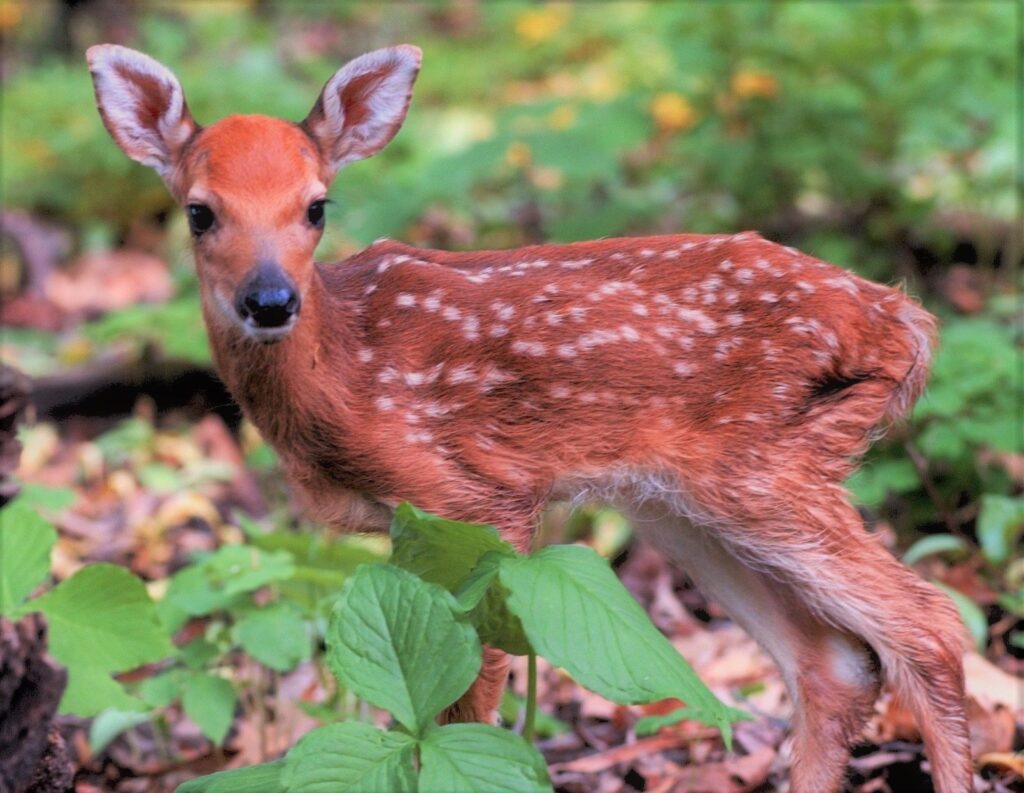
The sightings also serve as a visual reminder for me to fire off this column. Doesn’t take much to put this one together. Filed under the title — “Leave the Wildlife Babies Alone” — I’ve been blowing the dust off of and rewriting this same piece since the late 1970s. The original version was pounded out on a slow and noisy manual typewriter. Today’s column emanates from the fast and silent keyboard of my laptop computer. But although the methods of communication may be galaxies apart, the message remains the same – Wildlife belongs in the wild. Yes, people are still capturing and taking baby birds and bunnies back home with them. But at least a few folks have taken my message to heart – I even hear from one of them from time to time. So, here we go again.
From now until mid-summer, this year’s crop of wildlife babies will be leaving home to begin learning the outdoor skills critical to their survival. Many of those babies will be coming into contact with humans. As a result, DNR and County Conservation Board offices across the state will be inundated with hundreds of phone calls and scores of deliveries involving “orphaned or abandoned wildlife”. Deliveries – many arriving anonymously after hours –will include everything from fawns and baby cottontails, to raccoons, ducklings and robins. Leaning toward the more exotic, I’ve even been treated to the surprise arrival of a box full of “abandoned” skunk kittens – a feat that, I must admit, required the upmost dedication on the part of the person delivering the potently fragrant package.
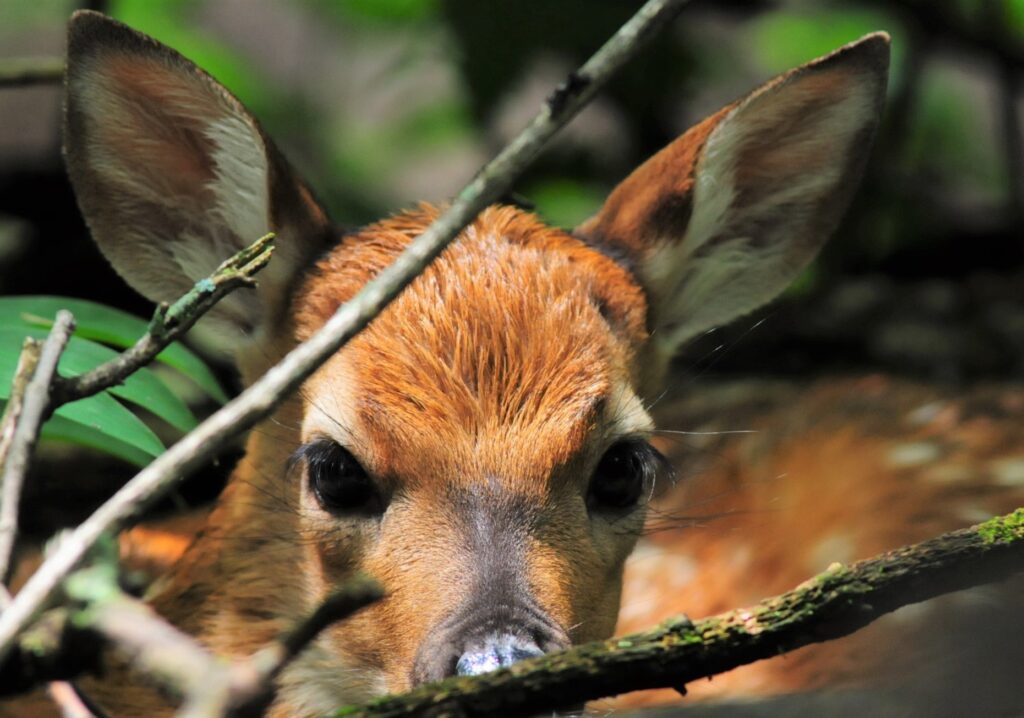
So why do so many wildlife babies end up inside cardboard boxes or confined to a makeshift pen in the corner of someone’s garage? The answer is simple. From fuzzy yellow ducklings to brown-eyed baby bunnies, nothing appears more cute and cuddly than a baby animal. Right or wrong, it’s no mystery why humans feel compelled to come to their rescue. But in reality, the vast majority of wildlife babies that people encounter are not really orphaned or abandoned at all. And while the folks who attempt to “save” these babies may have the very best of intentions, they are in fact dooming the creatures they attempt to help.
Regardless of whether they’re wearing fur or feathers, the young of most wildlife species leave their nests or dens well in advance of being able to care for themselves. Although broods or litters may become widely scattered during this fledgling period, the developing adolescents remain under the direct care of their parents. White-tailed does, for example, leave their fawns hidden and temporarily unattended while foraging for themselves, but return every few hours to nurse their offspring. Unfortunately, this parental care is abruptly terminated when deer [or other wildlife species] come in contact with humans.
Whenever a newborn fawn, infant cottontail, or den of baby raccoons is discovered, it is automatically assumed that the animals are orphaned. The youngsters’ fate becomes sealed as they are promptly scooped up and “rescued from the wild”. Many babies perish soon after capture — often from the overwhelming stress of being captured, handled, confined and force fed. Should an animal survive the initial trauma, it often succumbs more slowly to pneumonia, other diseases, or undernourishment.
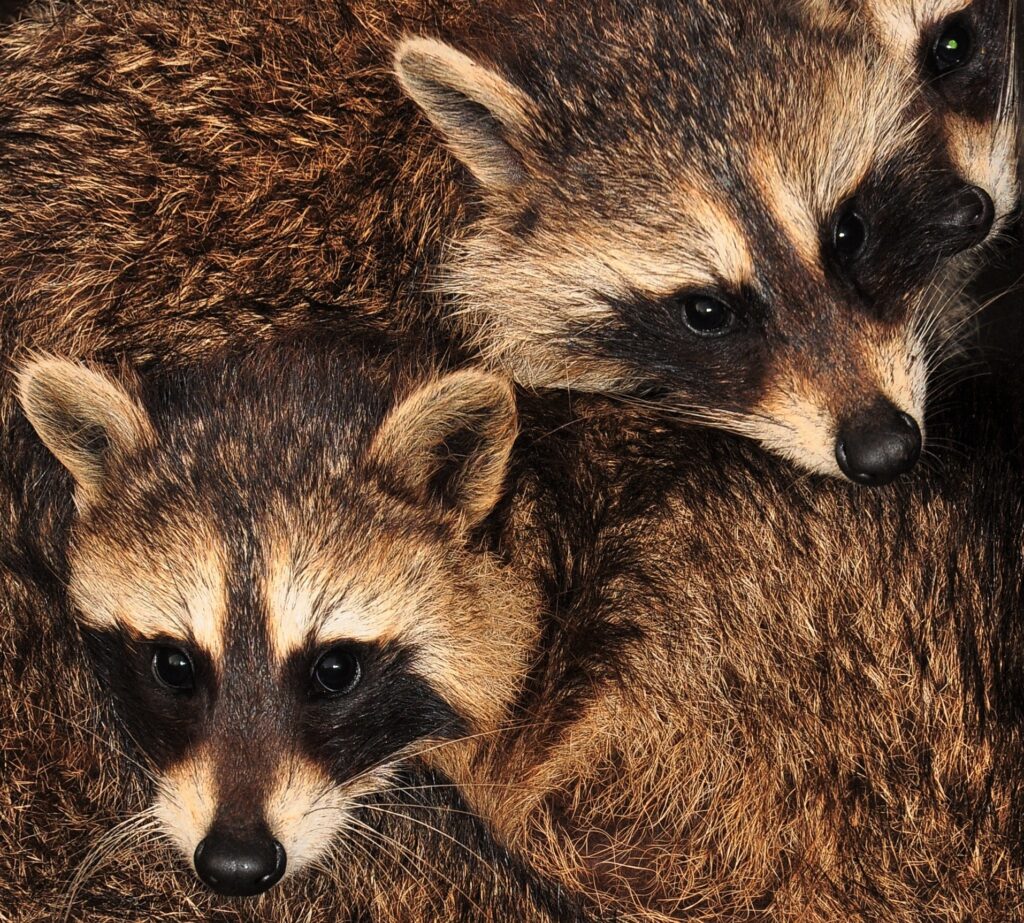
Whether they’re young or adult, wild birds and mammals have highly specific needs for survival. “Rescuing a baby from its mother” not only exhibits extremely poor judgment — it is also illegal. Observing wildlife in its natural habitat is a moment to cherish. Sharing that experience with others or obtaining souvenir photos provides an even more lasting memory. But once you’ve done that, step back and walk away. Leave wildlife babies where they belong — in the wild. As opportunities arise, I hope you’ll share this message.

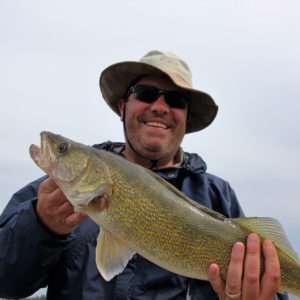 Tom Cope
Tom Cope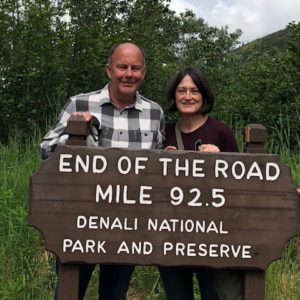 Sue Wilkinson
Sue Wilkinson Susan Judkins Josten
Susan Judkins Josten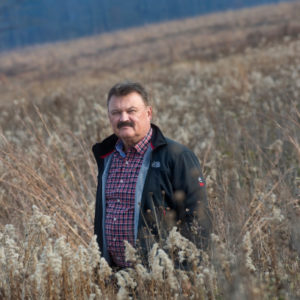 Rudi Roeslein
Rudi Roeslein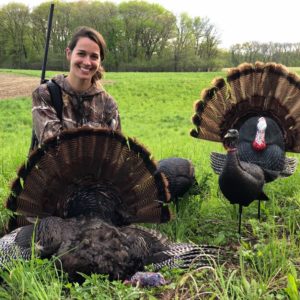 Elyssa McFarland
Elyssa McFarland Mark Langgin
Mark Langgin Adam Janke
Adam Janke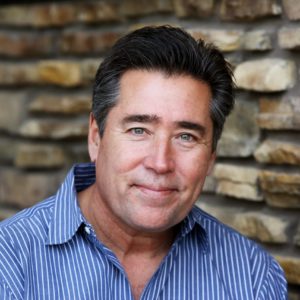 Joe Henry
Joe Henry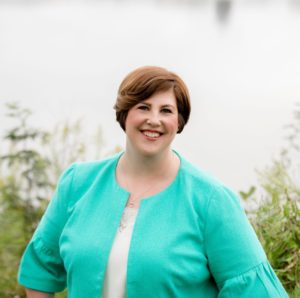 Kristin Ashenbrenner
Kristin Ashenbrenner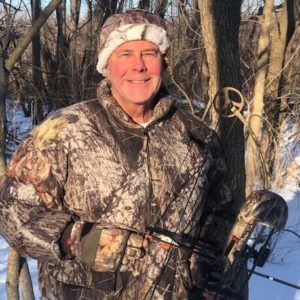 Joe Wilkinson
Joe Wilkinson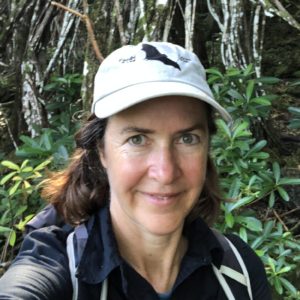 Dr. Tammy Mildenstein
Dr. Tammy Mildenstein Sean McMahon
Sean McMahon